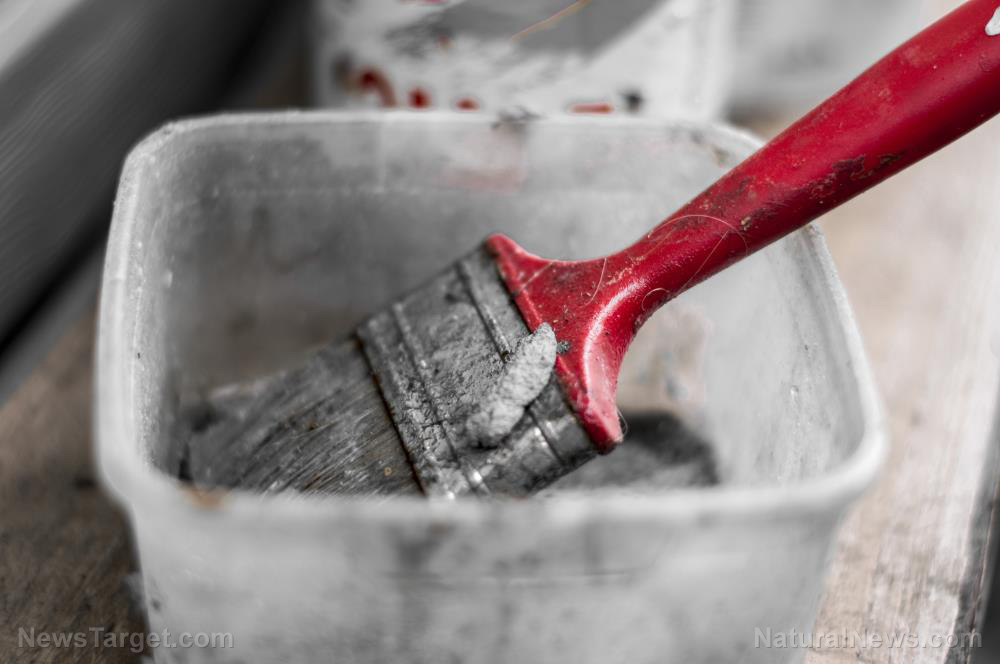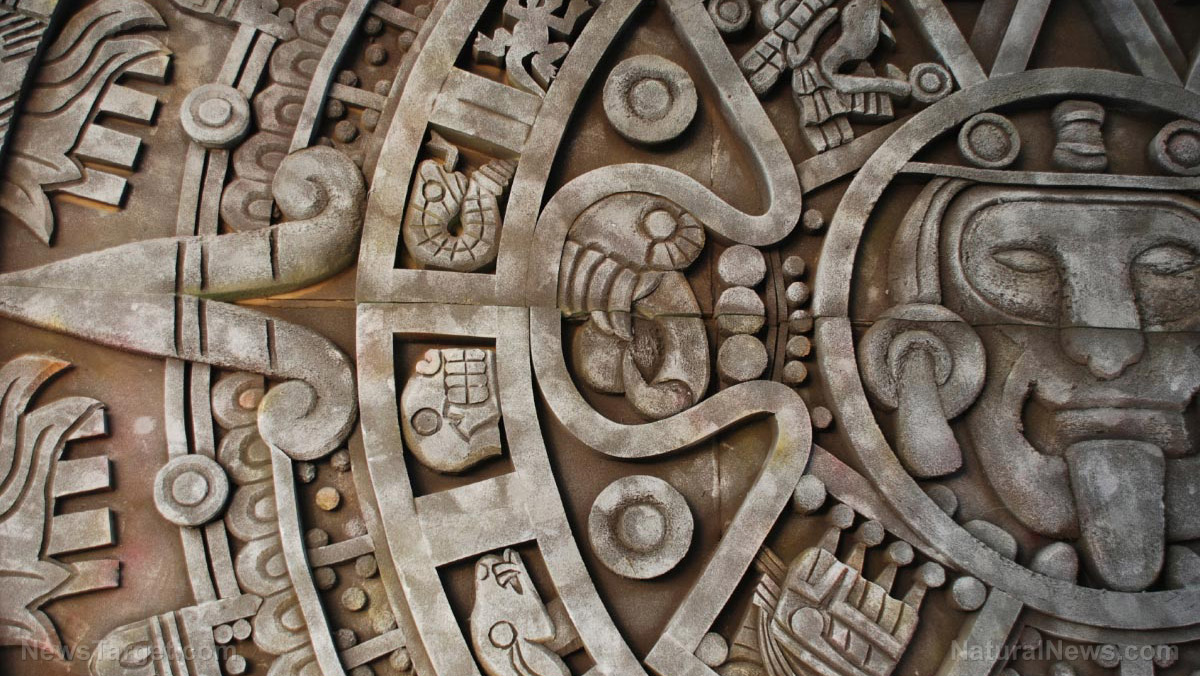Paleolithic prepping: Prehistoric humans stocked up on food by serving marrow-filled bones as “canned” soup
10/28/2020 / By Virgilio Marin

Spanish and Israeli researchers have found evidence suggesting that ancient humans stored marrow-filled bones for later consumption. 400,000 years ago, these ancient humans enjoyed these much like one would enjoy a can of soup, using the bone and dried skin to preserve the fat and nutrient-rich bone marrow.
These findings, published in the journal Science Advances, provide the earliest clues to food storage in ancient human societies. They hint that their survival was not as hand-to-mouth as once thought.
Cut marks indicate bones were preserved
For their study, the researchers examined more than 80,000 specimens of animal remains found at the Qesem Cave near Tel Aviv in Israel. The Paleolithic cave, which dates back 200,000 to 420,000 years, included bones of hoofed mammals, tortoises, birds and even a few carnivores. The most common prey, however, was the Persian fallow deer.
The researchers said that the ancient humans in the region butchered the deer at the scene of the hunt, saving the skulls and long leg bones to be brought them back to the cave. The team found seemingly unique cut marks on the shafts of the leg bones, which did not resemble the cut marks caused by butchering animals.
The archaeologists hypothesized that these cuts were performed later to remove the dried skin, which was still wrapped around the bones to preserve the bone marrow for future meals. To test this hypothesis, they stored long animal bones called metapodials and later skinned and broke them open using flint flakes.
The researchers found that the bones stored for more than two weeks were streaked mostly with sawing marks and short incisions. These cut marks, according to the researchers, were found in nearly 80 percent of the Qesem bones. They noted that skinning the bone at a later time produced different cut marks as the flesh already dried and therefore was more attached to the bone. This meant that more effort was required to remove the skin.
Bones used as food preservation cans
The experiment also showed that the ancient technique preserved the marrow for up to nine weeks. This allowed early humans to break the bone when necessary and eat nutritious bone marrow, according to corresponding author Ruth Blasco of Tel Aviv University.
“The bones were used as ‘cans’ that preserved the bone marrow for a long period until it was time to take off the dry skin, shatter the bone and eat the marrow,” added co-author Ran Barkai, Blasco’s colleague at the university.
Barkai said that the bone marrow was an important component of the prehistoric diet. Fats, in particular, were especially important to hunter-gatherers as they relied almost exclusively on animals for their diet and lacked access to carbohydrates.
The impulse to preserve food, according to Barkai, was driven in part by the disappearance of elephants, which were previously a major source of food for the humans in the region. (Related: Ancient secrets to fantastic hair: Scientists uncovered 3000 year old hair wax from the hair of Ancient Egyptian noblewomen.)
Previous evidence had suggested that prehistoric people consumed the bone marrow immediately after hunting. The study’s findings, however, indicate that ancient humans delayed eating their game and were “sophisticated enough, intelligent enough and talented enough to know that it was possible to preserve particular bones of animals under specific conditions,” said co-author Avi Gopher.
The researchers said that their discovery provides the earliest evidence of food preservation and the delayed consumption of food. This finding joins other evidence of innovative behaviors found in Qesem Cave, including the regular use of fire, recycling, and cooking and roasting meat.
Artifacts.news has more on the history of food preservation.
Sources include:
Tagged Under: ancient civilization, ancient food preservation, ancient history, ancient innovations, artifacts, bone marrow, Food storage, hunter gatherers, prehistoric diet, prepping, survival
RECENT NEWS & ARTICLES
COPYRIGHT © 2017 DISCOVERIES NEWS



















